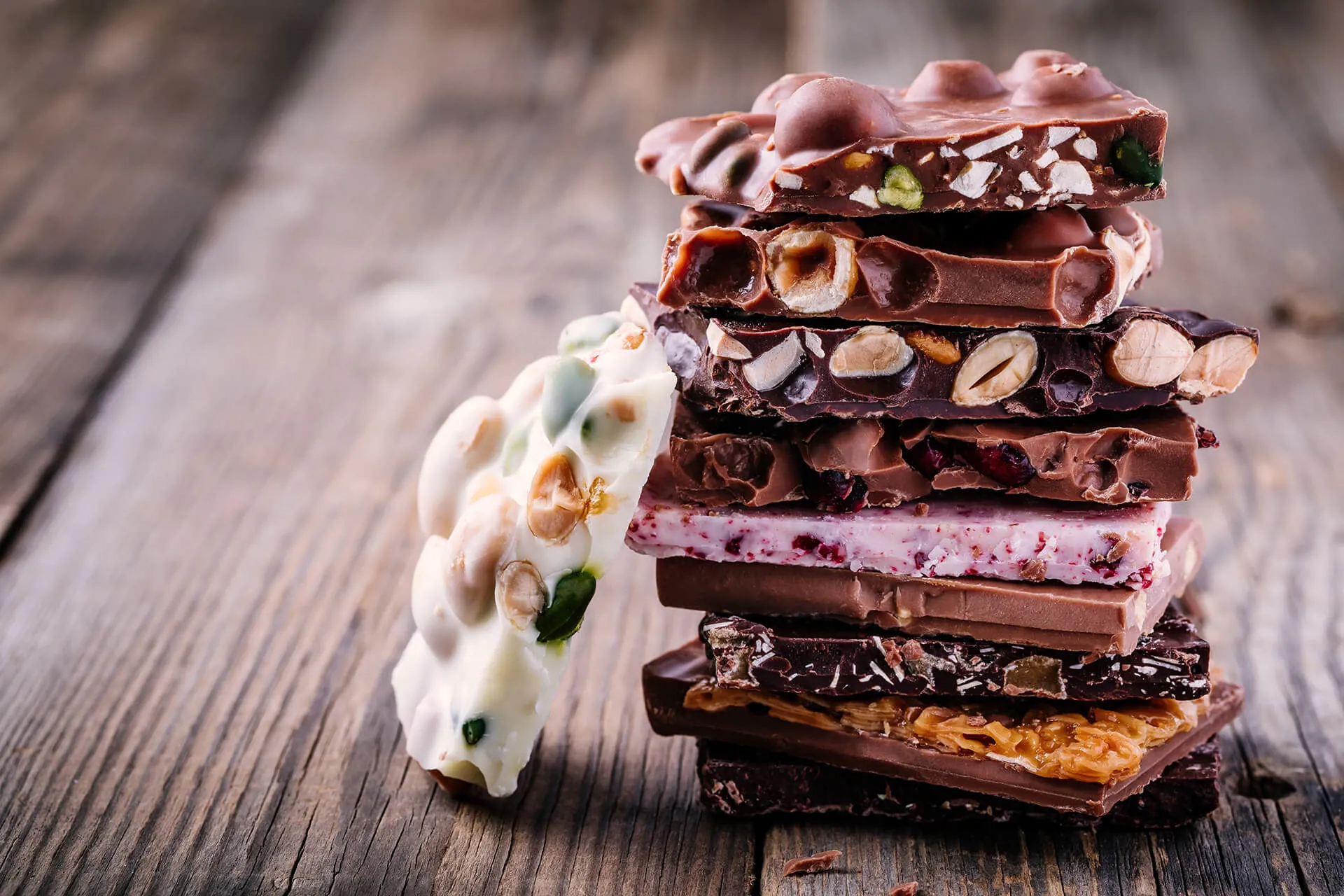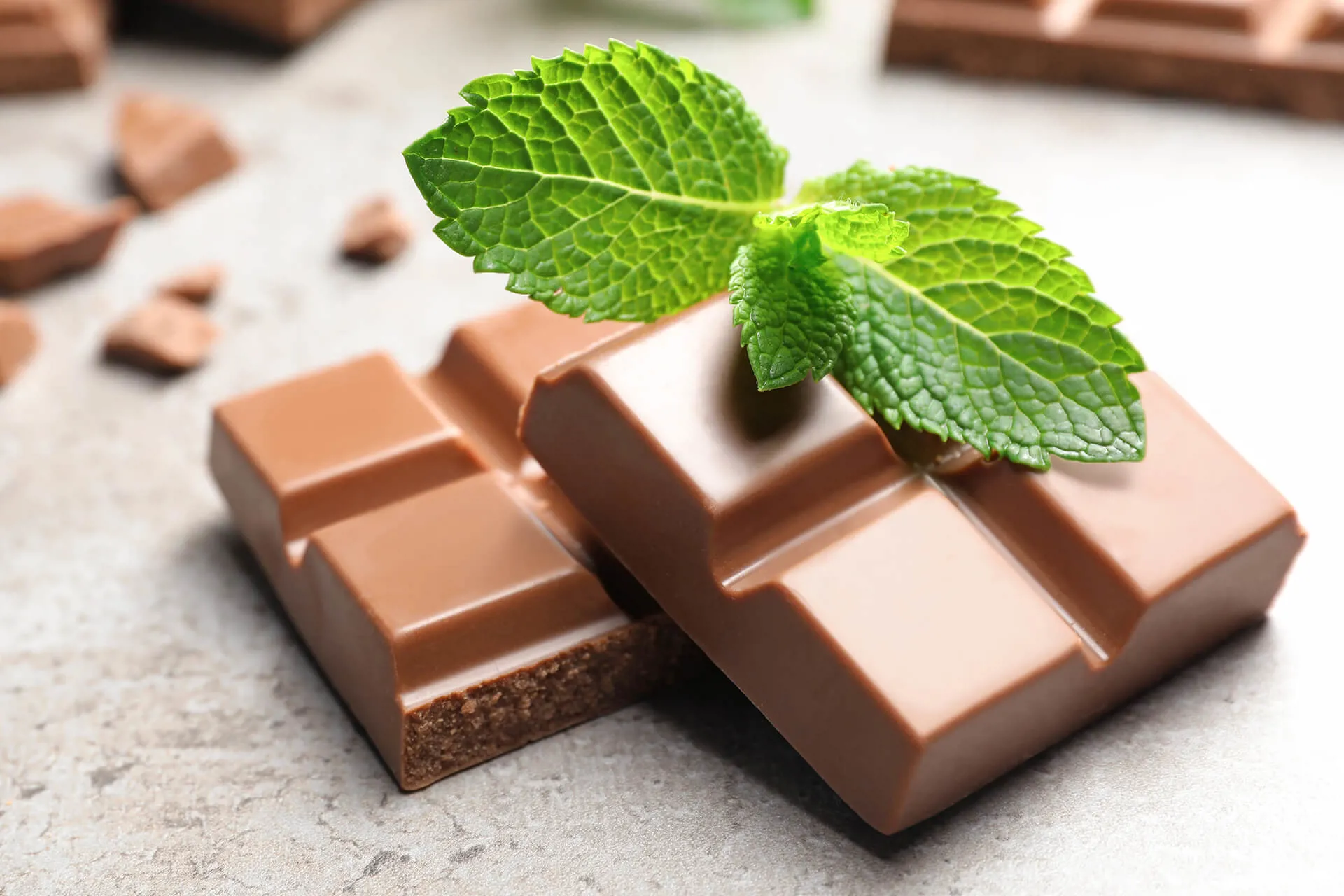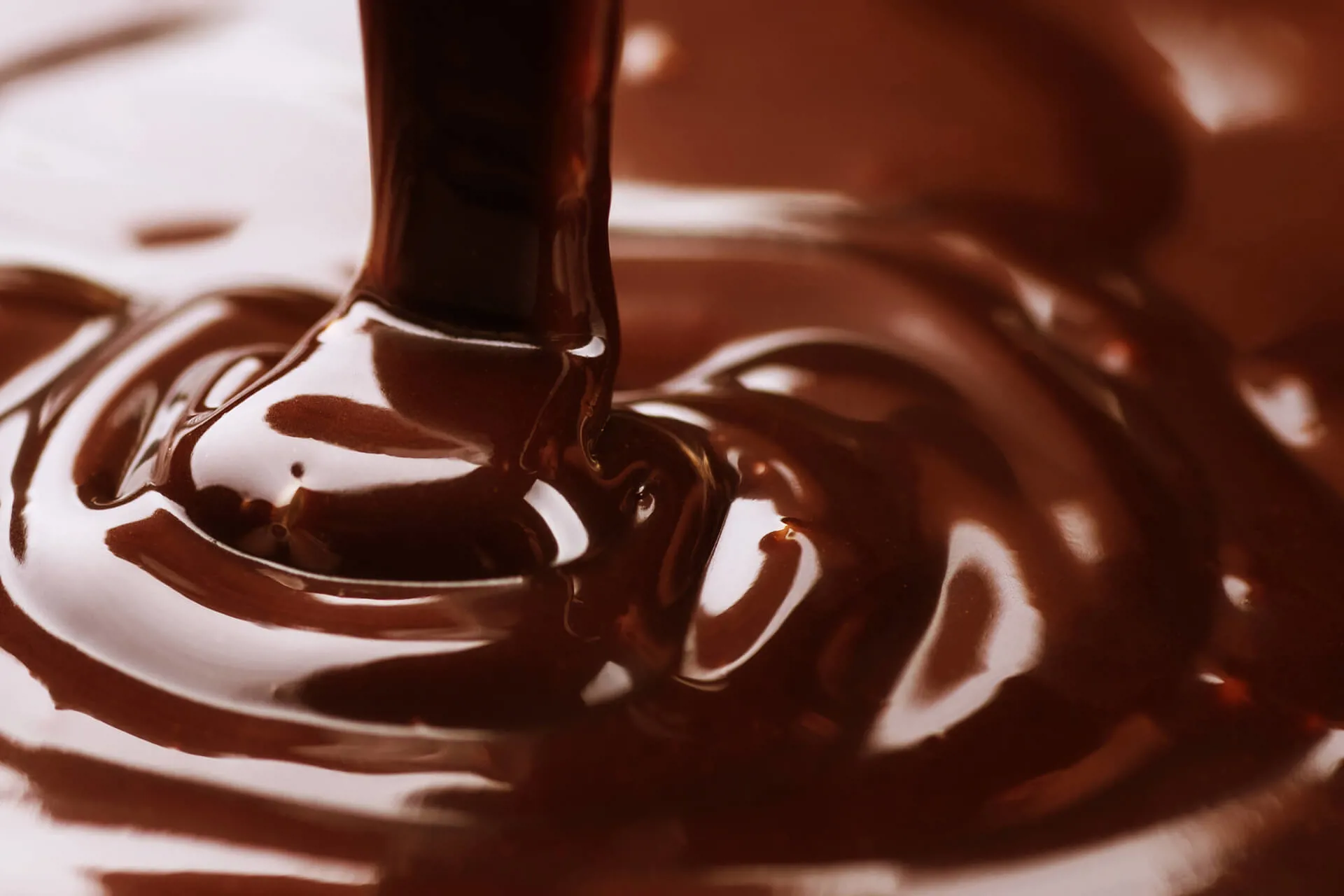
FEATURE ARTICLE
TECHNICAL ARTICLE
Discover the intricate dance between ingredients, machinery, and expertise that chocolatiers face. From the challenge of handling delicate inclusions like puffy rice crisps to the art of achieving the perfect viscosity profile, we explore the secrets behind crafting impeccable chocolate creations. Learn about traditional manufacturing, integrated refiner/conche systems, ball mill refining, and key production parameters. Uncover how inclusions interact with viscosity and explore solutions for encapsulation and moisture control with Palsgaard® AMP 4455 and Palsgaard® PGPR 4190 emulsifiers.


FEATURE ARTICLE

TECHNICAL ARTICLE

TECHNICAL ARTICLE

TECHNICAL ARTICLE